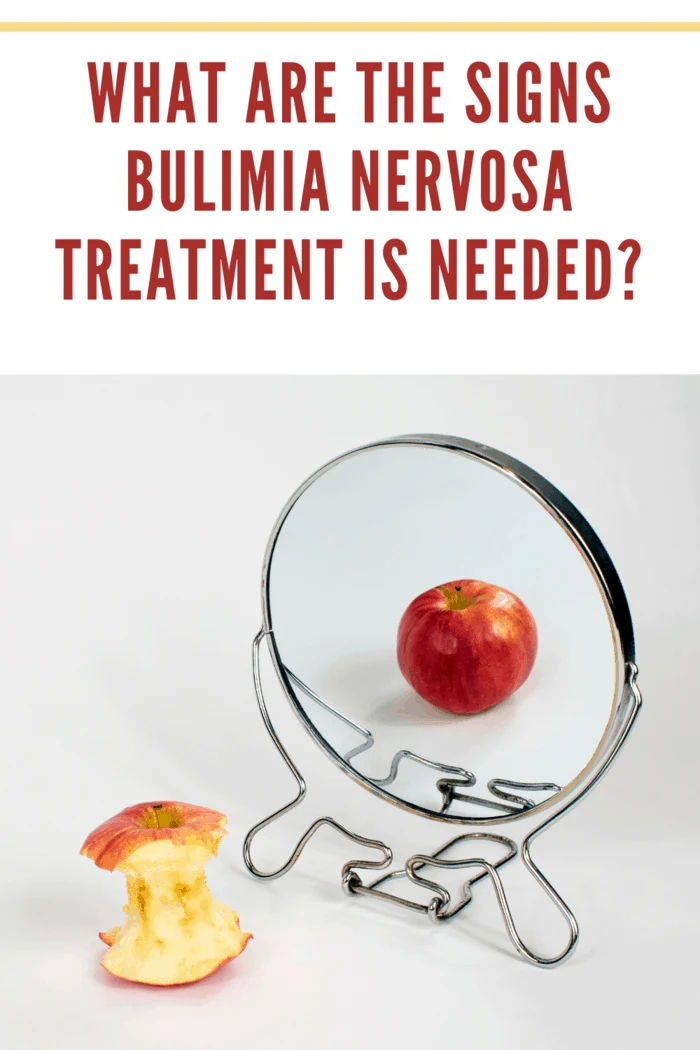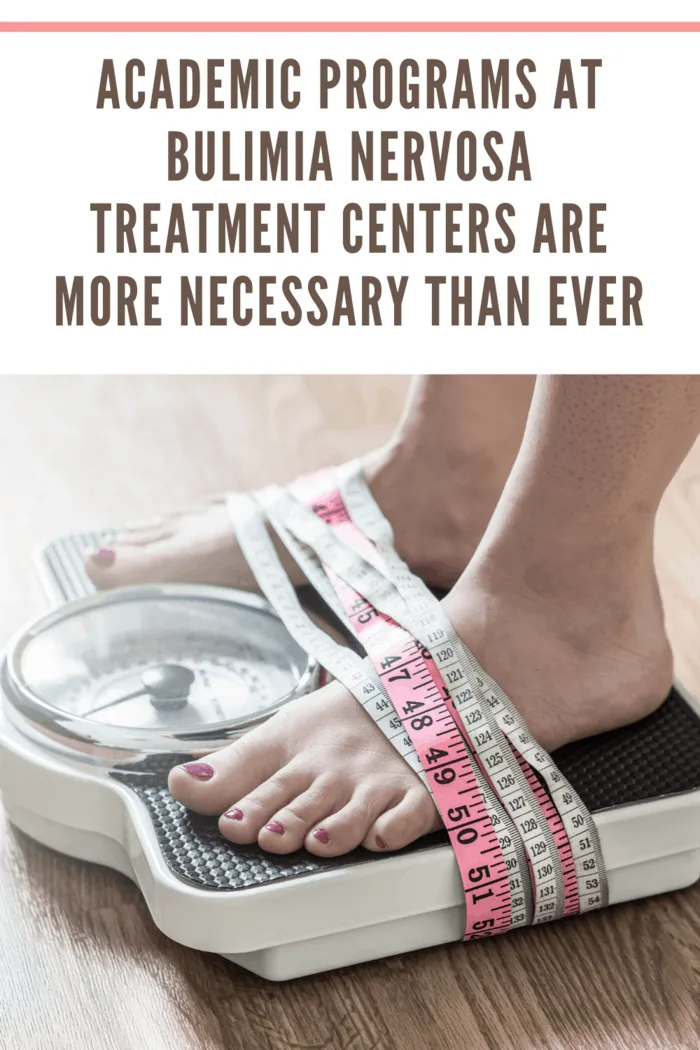Academic Programs at Bulimia Nervosa Treatment Centers Are More Necessary Than Ever
In an age where the coronavirus has upended everyone's life, bulimia nervosa every parent's additional nightmare – a life-threatening disorder that endangers their child's life, requires intensive treatment, and sets them back academically while they enter a residential program.
Bulimia nervosa is a dangerous mental health disorder that affects about 1.5 percent of women in America at some point in their lives.
It also tends to first appear and worsen during adolescence, which puts the concepts academics, socialization, and personality development at greater risk.
Especially when it comes to schoolwork, an eating disorder that takes 30 days or more can set them back if there isn't a program in place to continue education at the bulimia nervosa treatment facility.
That's why any residential bulimia nervosa treatment program worth its salt will have an academic component – to keep the client apace at school while saving their life with the eating disorder program.

What Are the Signs Bulimia Nervosa Treatment Is Needed?
The first symptoms of bulimia nervosa (and other eating disorders) normally first appear in mid- to late adolescence – that is, from age 13 to 18.
It's a severe and deadly behavioral health disorder, following only anorexia nervosa in terms of the death rate.
The behaviors that define bulimia nervosa are well-defined by the DSM-V; a person with BN will binge eat regularly and then purge that food to remove the calories taken in during the binge eating episodes.
Before the binge-and-purge eating disorder behavior begins, there are several warning signs of bulimia nervosa to be aware of in children:
Preoccupation with weight and body size
Engaging in dieting early and frequently
Distorted or negative body image (often perceiving themselves as overweight)
Eating only certain types of food (no carbs, etc.)
Developing food rituals (moving food around on the plate, etc.)
While none of these behavioral symptoms is a guarantee that bulimia nervosa is present, when added to one another, they present a warning sign of a potential problem.
It's important that these symptoms are addressed sooner rather than later by a professional.
These initial warning signs can lead to a full-blown case of BN if they are left untreated. Bulimia nervosa signs and symptoms include:
Repeated and compulsive binge eating episodes
Consuming a large amount of food in a short period
Experiencing feelings of guilt and shame afterward
Secretive behavior and frequent dieting
Purging behavior following the binge eating episodes
The most common is self-induced vomiting; be aware of frequent trips to the bathroom (especially after meals) and the sounds and smells of vomit.
Using purging drugs like laxatives – check for pillboxes in the trash.
Excessive exercise – burning calories after a meal, even past the point of pain or discomfort
Distorted body image and low self-esteem
People with bulimia nervosa tend to think they are fat or overweight, even if the opposite is true.
Sense of shame or dislike of their body

If I Put My Daughter in Residential Bulimia Nervosa Treatment, Won't She Fall Behind?
Especially in an era when schools are closed, and academics are harder than ever to maintain, taking 30 to 90 days off from school can cause all kinds of setbacks, even with distance learning.
Especially in the high school years, it is essential for parents seeking BN treatment to find an eating disorder treatment center that focuses on bulimia nervosa but also makes academic integration a part of the program.
The best eating disorder treatment programs for adolescents will provide several avenues to continue their clients' educations, especially in middle school, to high school years.
To avoid interruption of their existing curriculum, they should coordinate the student's homework and reading assignments with her regular school and teachers.
The residential program should also include regular daily study and lesson time.
Finally, if possible, they should have certified teachers and tutors on-site to make sure the education isn't self-guided, but instead remains the highest quality.

Comments
Post a Comment